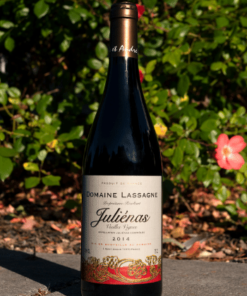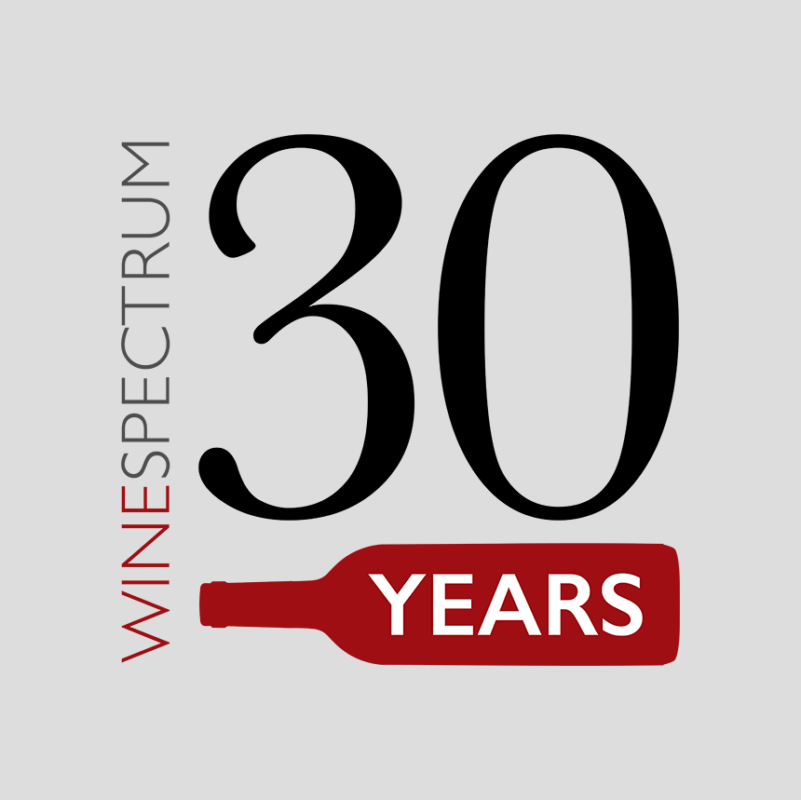2019 Domaine Les Gryphées ‘Les Balmes’ Beaujolais AC
$ 18.00
Questions? Ask a Wine Advisor
Shipping InformationAromas of red and purple flowers, cherries and red plums, light baking spice, pepper. Medium-bodied; smooth tannins. Pairing suggestions: Roasted chicken or turkey; grilled pork sausages
Age of vines is 90-100 years. Hand-harvested. Fermented on indigenous yeasts in stainless steel tanks. Aged in older foudre. Bottled unfined and unfiltered.
In local patois, a “balmes” is a slope. This steeply graded vineyard was planted nearly 100 years ago, its ancient vines producing a handful of bunches each vintage. But what a treasure in Beaujolais! Excellent terroir (a mix of limestone, clay and the classic “pierres dorees,” the mineral-rich, golden chalk that characterizes much of Beaujolais) plus very old vines places this anything-but-simple Beaujolais Rouge in cru territory. Simply a treasure in great Gamay!
One should always have a Beaujolais like this one at home! So versatile. Gamay fruit here is characteristic but with more delicate nuances, with lively savory freshness throughout the palate and qualities that resemble Pinot Noir – this wine opens up after about one hour in the glass but really shines after that. Great discovery at this price!
You can’t ignore the “gryphées,” or seashell fossils, that crunch underfoot as you walk through Pierre Durdilly’s vineyards in Moulin-à-Vent, as if the ocean were just over the next gentle hill.
It’s this unique terroir, with its mineral complexity, that sets the family’s wines apart from other more rustic bottles from the region.
Today the family’s third winemaking generation is at work, looking to take the estate in new, exciting directions. Guillaume, Pierre Durdilly’s son, is a keen talent and an eager learner.
He’s also inspired his father to expand the domaine, acquiring vineyards in other Beaujolais cru villages in an attempt to help preserve the region’s many outstanding older-vine vineyards (many of which have been abandoned by winemakers retiring or sadly, giving up the craft entirely). With families like the Durdillys looking to preserve the “patrimoine” of Beaujolais, the region’s history and traditions are secure!
The father-son team of Pierre and Guillaume Durdilly tend their older vines sustainably, avoiding chemical inputs and adhering to organic treatments whenever necessary.
Vineyards in general are found on very steep, granite-rich hillsides, the classic terroir of Beaujolais. The family likes to plant beneficial herbs between vineyard rows, to both prevent erosion and combat pests.
Grapes are harvested by hand and fermented (usually with semi-carbonic maceration, a traditional practice in Beaujolais) in either cement or stainless steel tanks. Wines are often aged in either large, older foudre or tank, depending on the cru, and bottled unfined and unfiltered.
| Varietal | |
|---|---|
| Vintage | |
| Appellation | |
| Winery_Name | |
| Wine_Type | |
| Size | |
| WSI_Rating |
Related products
Eclectic Whites
French Wine
French Wine
French Wine
French Wine













